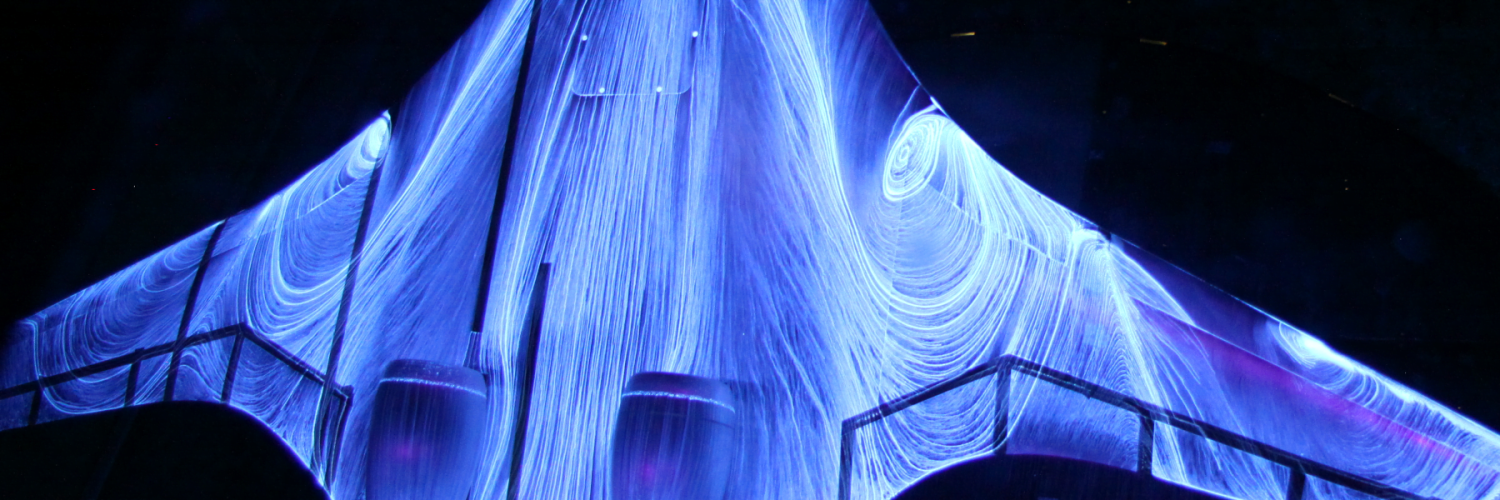
Celebrating the physics of all that flows with Nicole Sharp, Ph.D.
This profile is from a federated server and may be incomplete. For a complete list of posts, browse on the original instance.

Celebrating the physics of all that flows with Nicole Sharp, Ph.D.
This profile is from a federated server and may be incomplete. For a complete list of posts, browse on the original instance.